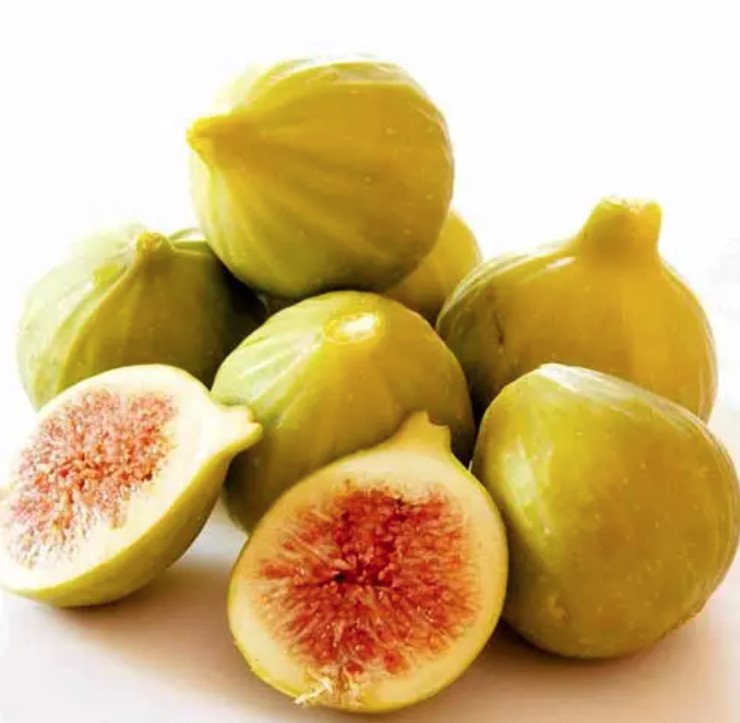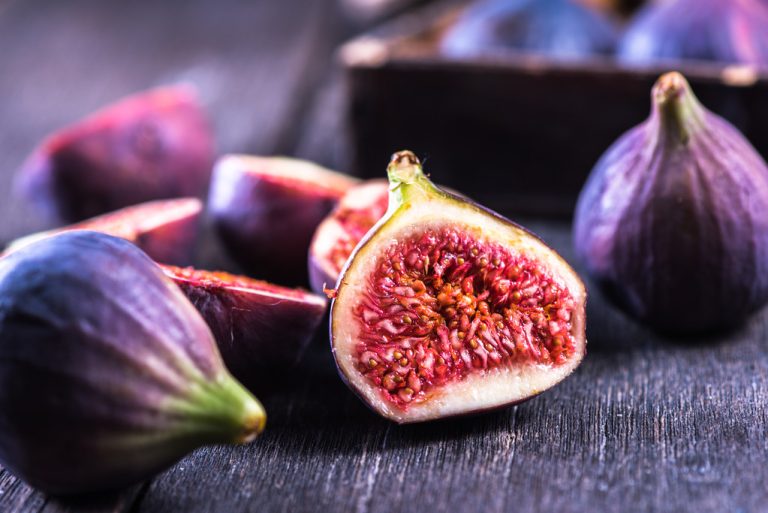Even if they are fruit, figs are often not vegan. The reason for this lies in the fertilization method. We explain what makes most figs problematic and what alternatives there are.
At first glance, the question of whether figs are vegan does not seem to arise: After all, they are the fruit of the fig tree and therefore a food of plant origin. If you interpret the term strictly, however, most figs are actually not suitable for a vegan diet: numerous wasps are usually injured when the fruit is cultivated. This is not a side effect, in fact it is a necessary condition. You can read here why this is so.
That’s why figs are not vegan

Most commercially available figs come from the so-called real fig or table fig (Ficus carica). The common fig only has female flowers and can therefore not reproduce itself – it needs the male pollen of another fig species, the goat fig. Only certain wasp species, which are summarized under the umbrella term “fig wasps”, can pollinate them.
The female fig wasps enter the flowers of the fig tree – because fig flowers are very narrow, they injure themselves and die after laying their eggs. So-called plant galls form from the blossoms of the fig, in which the young fig wasps grow.
The males no longer leave the galls: they die after mating with the females. The females later get out into the open and fly to the blossoms of the goat fig, but also those of the real fig. In this way they transport the required pollen and ensure the fertilization of both types of figs. However, the females lose their lives in the process – the cycle continues.
After they die, the dead fig wasps are decomposed inside: they are completely dissolved by an enzyme called ficin. The fruits that are harvested later do not contain any residue from the wasps. Strictly speaking, however, figs are not vegan. So the death of the wasps is the basic requirement for them to be able to grow up at all. Whether you want to eat figs as a vegan or not is ultimately an individual decision.
Are there vegan figs?
In addition to the common fig and the goat fig, there are also fig varieties that do not depend on the fig wasp. They can fertilize themselves and are vegan figs in that sense. They are also known under the umbrella term “Parthenocarpic figs”. Such varieties are particularly common in regions where fig wasps do not occur. In Germany too, under the right climatic conditions, fig trees can be grown that bear fruit.

If you eat the sweet fruit often but want to use vegan figs, you have the option of planting a fig tree in your own garden. You can get general information about this in our guide: Planting, caring for and propagating fig trees: Here’s how.
For more details, it is best to seek advice from a specialist garden retailer. There you can find out whether the climate in your region is favorable enough to grow figs – and you can also find out which self-pollinating species are suitable. In Germany, for example, the “Brown Turkey”, “Negronne” or “Valle Negra” varieties are popular.



